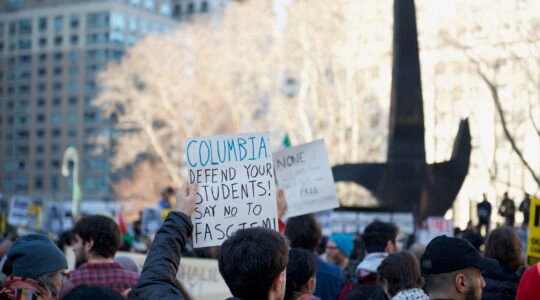Canada’s oppressive residential schools for indigenous children are in the news now because of the discovery of mass graves at two different sites, containing the bodies of children who died out of neglect or worse at the notorious institutions. Fom 1883 to 1996, anywhere from 10,000 to 50,000 children were separated from their families, physically and emotionally abused and forbidden from speaking their native languages, in a process of cultural erasure.
Canada’s indigenous peoples are demanding a reckoning, and, in many cases, reparations for people who, like Native Americans and African Americans in this country, are still struggling with the effects of displacement and discrimination.
Whenever the idea of reparations comes up, usually in the context of slavery, even well-meaning people tend to roll their eyes. Critics of reparations see them as an unearned entitlements, or blunt instruments that would reward rich and poor people alike, or as simply too expensive. “Throwing money at the problem” – as one critic has put it – is a quick fix, when deep structural reforms are needed.
Too often missing in these debates are the voices of a people who have seen reparations in action, and have a close to 70-year history of seeing how they function in the real world. I am talking, of course, about Jews.
Israel and Holocaust survivors have benefited – or at least been made partially whole – by an extensive program of restitution that Germany underwent starting soon after the horrors of World War II. It was controversial in Israel too – Menachem Begin was a bitter critic – but opponents came around. Israel got cash at a critical time in its development, and survivors – many from families that never recovered from the murder and plunder of the Nazi era — continue to receive much-needed support in their old age. Since 1952, the Claims Conference has distributed more than $80 billion in reparations.
Germany, meanwhile, found a path back into the community of nations. Instead of suppressing its guilt, Germany forced its institutions and people alike to confront what was perpetrated and allowed in the name of German nationalism. Money is an expression of values, and the money Germany has allocated for reparations is a crucial expression of its commitment to face the past.
In a year-old Facebook post, Guy Raz, the host of “How I Built This” and other popular podcasts, holds up the German example to explain how America might confront its slave-owning past, especially over the complaints of people who say they don’t bear responsibility for something done either by their ancestors or previous generations of Americans to whom they are unrelated.
He recalls how Willy Brandt, then Germany’s chancellor, visited Poland in 1970 and fell to his knees at the Warsaw Ghetto memorial. Brandt’s gesture was a small but powerfully symbolic part of Germany’s national program of truth and reconciliation, and, writes Raz, “the average German knows and understands the details and legacy of the mass murder and persecution their forbears committed.”
“As a boy in the early 1980s, I remember my parents had friends in their 40s (close to my age today) who had numbers tattooed on their arms. Holocaust survivors,” he writes. “They were young and vibrant. I remember that. And by that time, their trauma had been recognized by much of the world. It didn’t change their pain and the nightmares of their lived experiences but also they knew that their suffering had been acknowledged. That matters.”
The money Germany has allocated for reparations is a crucial expression of its commitment to face the past.
By contrast, “in the US, we have monuments to men who fought a war to preserve the institutionalized terrorization and enslavement of African Americans. Every day, millions of African Americans in cities throughout the US pass those statues. It’s not just a reminder of their oppression. But a reminder of their country’s failure to reckon with the past.”
Raz is talking about symbolic restitution, but reparations are not just about statues. Ta-Nehisi Coates’s famous essay, “The Case for Reparations,” re-opened a national conversation about the economic injustices done to Blacks, not just during slavery but in the decades that followed and continuing to the present day. As Germany understood, words and gestures are important, but so is concrete action. Victims of repression need to be made physically as well as spiritually whole.
Jews understand this better than almost anyone. We have so much to contribute to this conversation, and no excuse for sitting it out.
Andrew Silow-Carroll (@SilowCarroll) is the editor in chief of The Jewish Week. Subscribe to his Sunday newsletter here.
The New York Jewish Week brings you the stories behind the headlines, keeping you connected to Jewish life in New York. Help sustain the reporting you trust by donating today.





